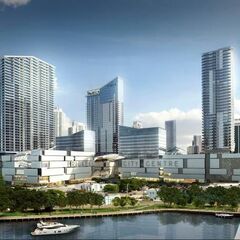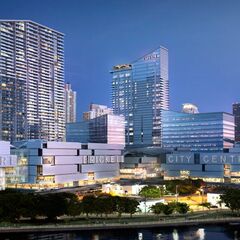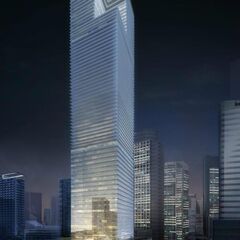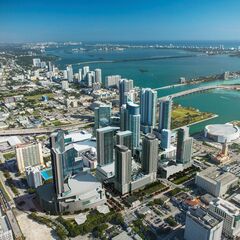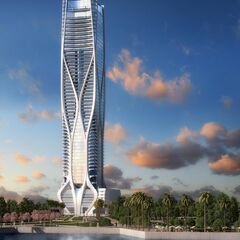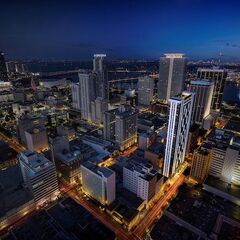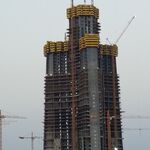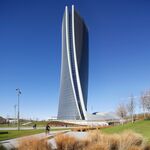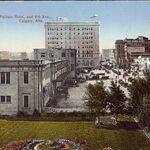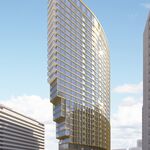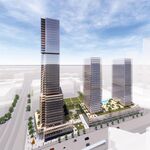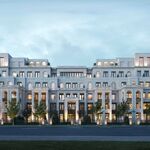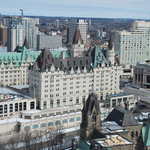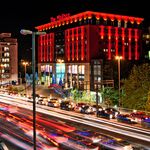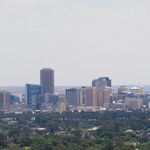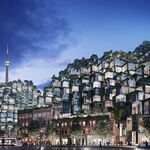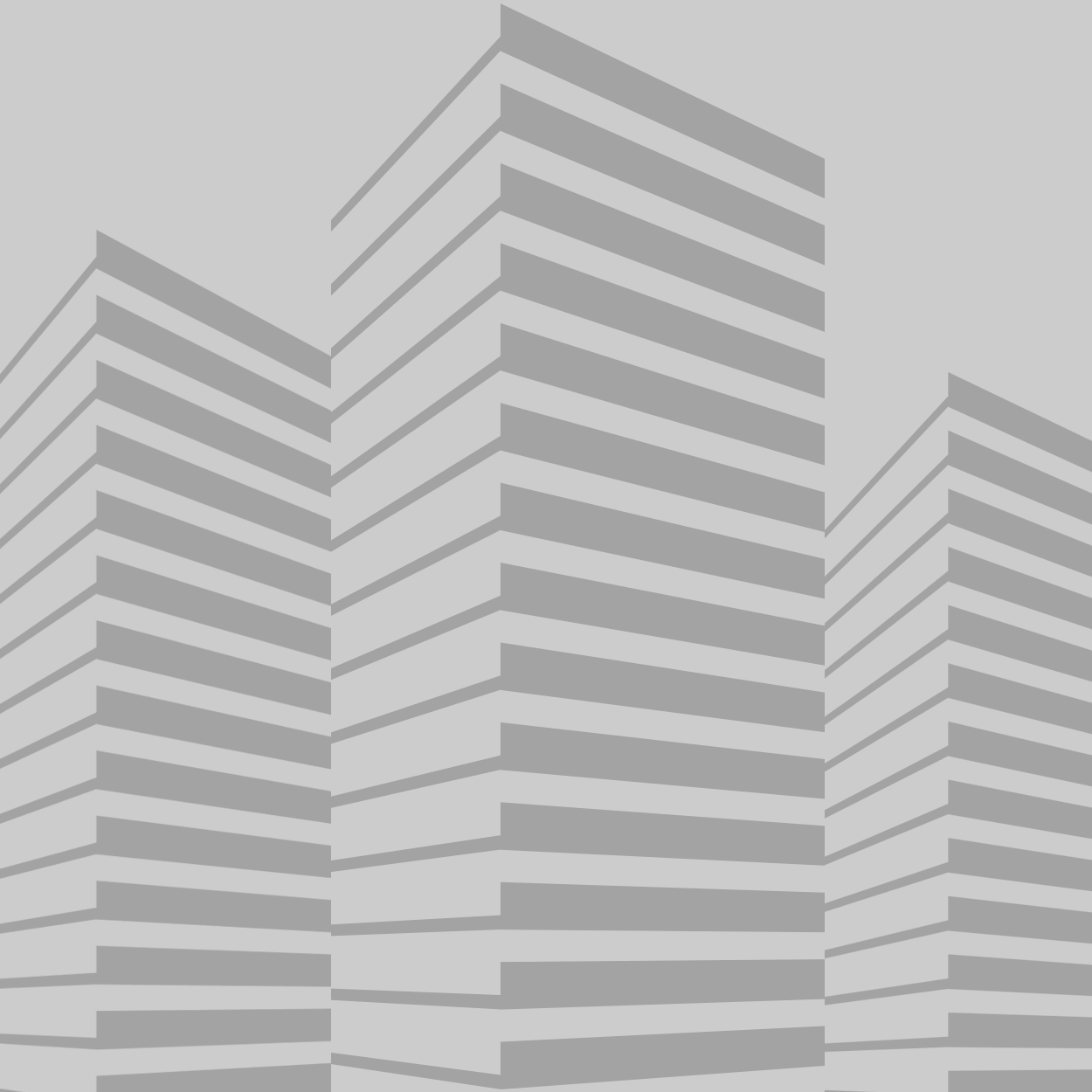Incorporated as a city in the late nineteenth century with a population of only 300, Miami has evolved into an urban area which had 5.5 million in 2010. With an economy originally based on citrus farming, Miami is now one of America's major financial centres, attracting investors from all over the world to its world-famous beaches. Such a dynamic environment induces strong economic and demographic growth, which has translated into a forest of cranes populating the city's skies as thousands of luxury condominium buildings are rising from the former swamplands.
 The Miami skyline, image by D Ramey Logan via Wikimedia Commons
The Miami skyline, image by D Ramey Logan via Wikimedia Commons
While a myriad of single-tower projects are being built along the coast from Fort Lauderdale to the southern edges of Miami, the downtown area is receiving the highest concentration of the 7,600 new units that have broken ground since 2011. Large-scale projects such as Brickell City Centre are transforming the somewhat quiet streets of the city into a more urban and animated place to live, work, and play. Designed by Aquitectonica and developed by Swire Properties for $1 billion, Brickell City Centre will span over nine acres and include a four-storey shopping mall, acting as an anchor facility for the neighbourhood located just south of downtown, as well as several condominium and office towers and a hotel.
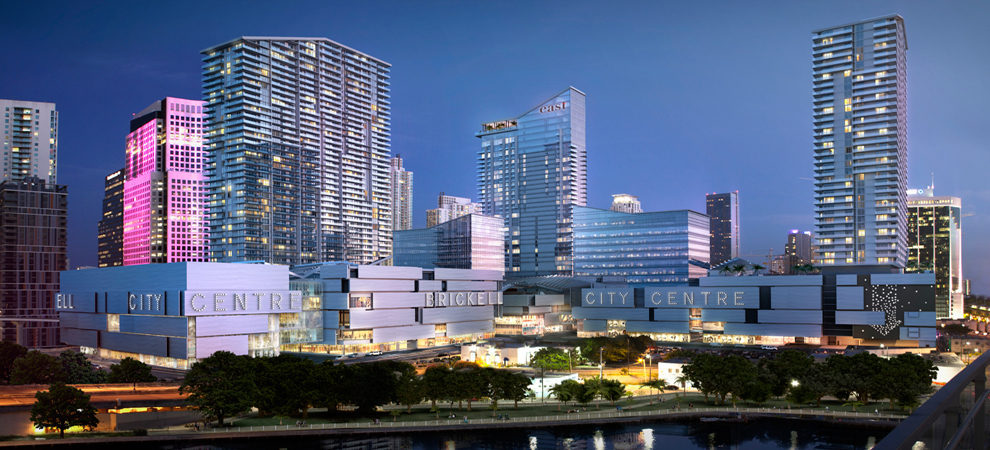 Brickell City Centre in downtown Miami, by Swire Properties and Arquitectonica
Brickell City Centre in downtown Miami, by Swire Properties and Arquitectonica
Along with the 869 residential units, this development will eventually add a total of 260,000 square feet of office space, 565,000 square feet of retail, 263 hotel rooms and 2,600 parking spaces although it will be directly connected to the Metromover, providing a quick and direct ride to the financial district. Further phases of development will include the 46-storey, 350-unit North Squared to the north and a possible 80-storey tower for the site known as One Brickell City Centre, adjacent to the eastern portion of the mall.
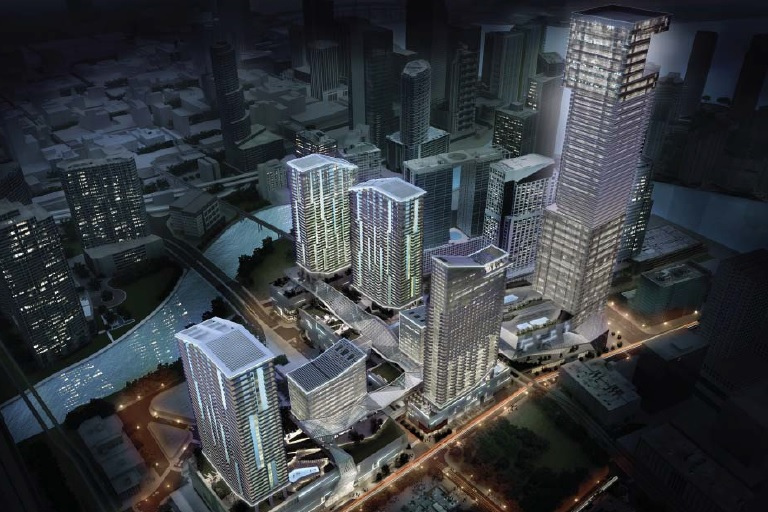 Brickell CityCentre with One Brickell on the right, by Swire Properties and Arquitectonica
Brickell CityCentre with One Brickell on the right, by Swire Properties and Arquitectonica
Immediately north of the Central Business District, one of the largest master-planned mixed-used communities in the United States named the Miami WorldCenter is about to repurpose ten derelict blocks of the Park West neighbourhood into a retail destination, thanks to 765,000 square feet of retail and a pedestrian-only thoroughfare on 7th Street. The development also features a 600,000-square-foot convention centre, an 1800-room hotel and several condominium towers. Two of these towers will consist of 800 rental units, while the 60-storey Elkus Manfredi Architects-designed Paramount tower will bring 470 luxury residences to the area once the project is completed in 2018.
 Miami WorldCenter, by MDM Development Group and Elkus Manfredi Architects
Miami WorldCenter, by MDM Development Group and Elkus Manfredi Architects
Another sign of growing global enthusiasm for Miami, Zaha Hadid has designed the 60-storey One Thousand Museum Tower to be built on Biscayne Boulevard, in the vicinity of Miami WorldCenter. With the distinctive and futuristic curves typical from Hadid's work, One Thousand Museum Tower is currently under construction and slated for completion for 2017. Beyond its unique look, it will also feature unique amenities such as a rooftop helipad to be shared by the residents of the 80 units of the building.
 One Thousand Museum Tower, by Zaha Hadid Architects, Gregg Covin and Louis Birdman
One Thousand Museum Tower, by Zaha Hadid Architects, Gregg Covin and Louis Birdman
Finally, catering to a different demographic is Centro, a slender 37-storey condominium tower rising in the very heart of downtown Miami. A main difference from the hundreds of condo towers being planned or built in the city is its location, in the very central cultural and rather commercial Jewelry district. The complete absence of a parking garage, replaced by Miami's largest Car2Go hub, makes it only the fourth tower in the city not to have parking spaces, which is a revolution in the car-centric metropolis.
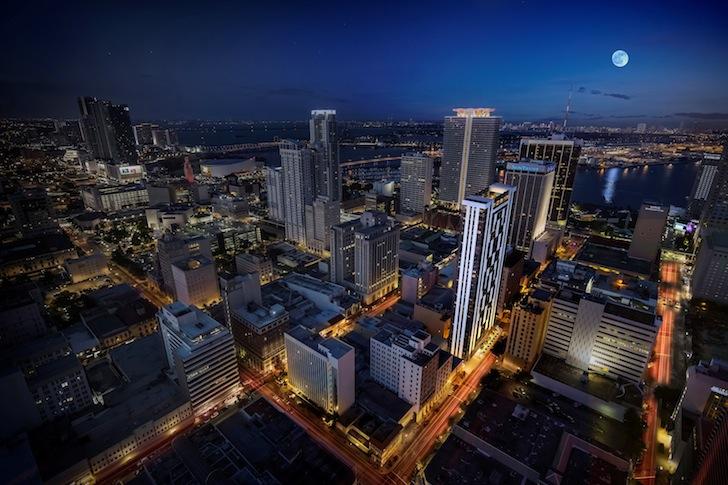 Centro, in Miami's Jewelry district by Newgard and Architect The Sieger Suarez Architectural Partnership
Centro, in Miami's Jewelry district by Newgard and Architect The Sieger Suarez Architectural Partnership
Despite the diversification of developments in Miami, a high proportion of foreign investors is raising some concerns about the viability of such a building boom, especially after the burst of the property bubble in 2006 that left hundreds of empty units across the city. Until we learn more about the future of Miami's real estate market, don't hesitate to voice your opinion by participating in the Forum conversations, linked below, or by leaving a comment in the dedicated space at the bottom of this page.

 1.7K
1.7K 



